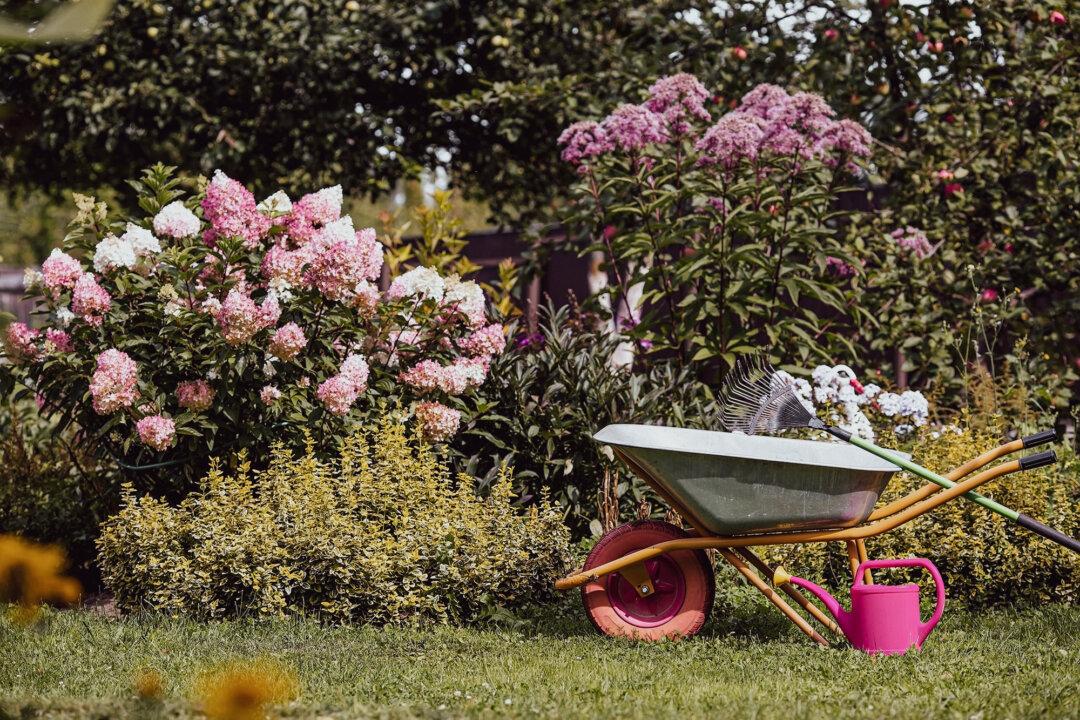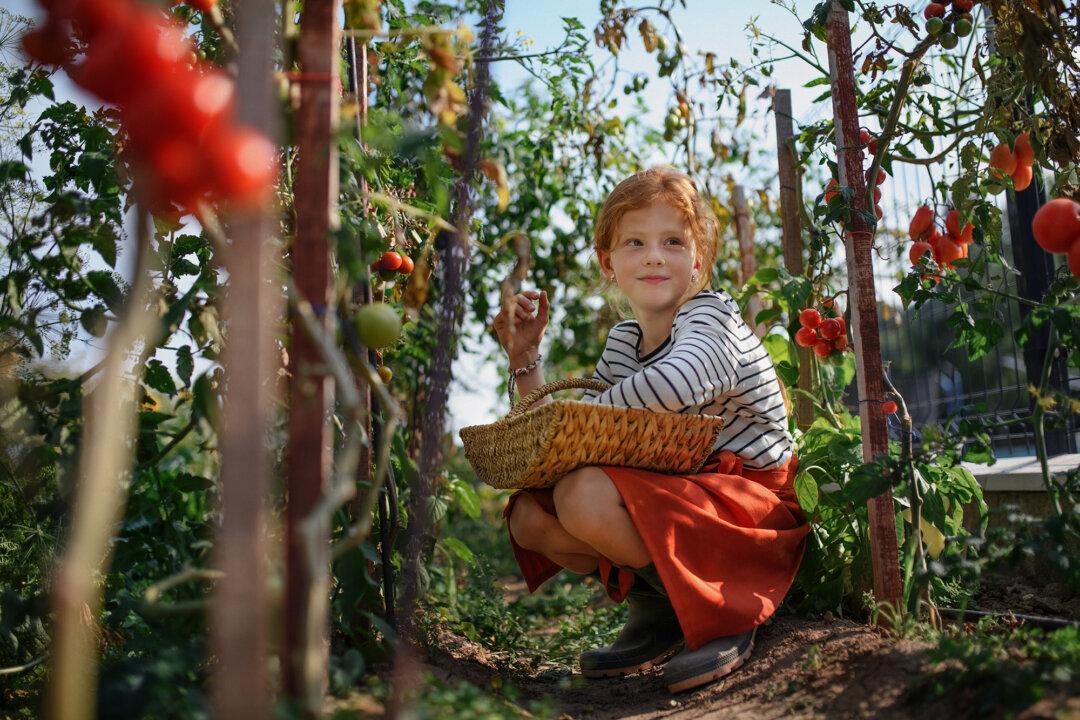Floral arrangements and plate garnishes add a classic and timeless elegance to the dinner table, but don’t miss out on the edible varieties and their culinary benefits.
An excellent example is the easy-to-grow nasturtium with its cheerful flowers and water-lily-like foliage, which hide high levels of vitamin C. With bush and climbing options, there’s a style for every situation, including containers, as long as the location has full sun, as less sun means fewer flowers. All aboveground parts are edible, boasting a peppery flavor reminiscent of watercress. Popular uses include green salads, potato salads, and egg and seafood dishes. The flowers can also be steeped to make a decorative and delicious nasturtium vinegar. Typically grown as an annual, it may become a perennial in frost-free climates.




